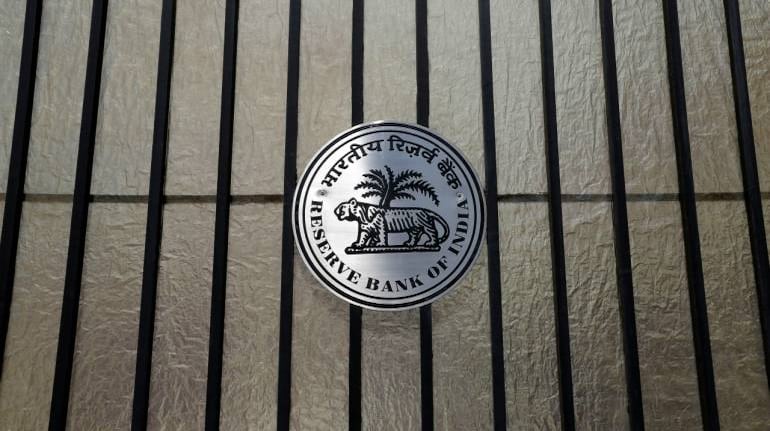



The RBI's Monetary Policy Committee (MPC) voted to raise the repo rate by 25 basis points (4-2 majority) taking it to 6.5 percent, as expected by the majority of market participants, while remaining focused on withdrawal of accommodation. The lack of a change in stance disappointed a set of market participants; perhaps a sustained moderation in inflation could have led to a shift in the view of other MPC members.
The rate was hiked despite the fact that the balance of risks has shifted decisively away from inflation to growth, both domestically and globally. However, resilient high-frequency indicators and continued rate hikes by global central banks could have spurred the MPC action even as headline inflation has shown some signs of moderation. Monetary policy acts with a lag — it may take 3-4 quarters for the policy rate to be transmitted to the real economy, and the peak effect may take as long as 5-6 quarters. A rate hike of 25 bps seems justified on the back of high, persistent, sticky core inflation — above 6 percent, the upper end of the tolerance band — to keep inflation expectations anchored.
Improving global outlookThe global economic outlook does not look as grim now as it did a few months ago. The International Monetary Fund (IMF) expects global growth to slow down in 2023, but less than what was presumed a few months ago, on the back of a faster reopening in China and better-than-expected data flow in key developed markets. However, the situation remains fluid and uncertain as myriad economic, financial, geopolitical and environmental risks persist.
Global inflation seems to have peaked and is now probably heading lower, even as the US Federal Reserve has signalled disinflation. Over the next few quarters, the real economy will experience the full brunt of the front-loaded tightening by central banks across the world, which gives a reason to be optimistic about global inflationary pressures easing.
CPI inflation fell to a 12-month low of 5.72 percent in December 2022, primarily due to a larger-than-expected contraction in vegetable prices that helped offset the rise in other food items like cereals, eggs, meat, milk and spices. While the sub-6 percent headline print for the second consecutive month is comforting — it was mainly driven by strong deflation in vegetables — this could dissipate with the summer season uptick. There was also a moderation in prices on the wholesale front to 5 percent YoY in December 2022, a 22-month low, thanks to lower food, textile and mineral prices.
The pricing power of producers appears to have eroded as reflected in the reduction in corporate margins in Q2/Q3FY23. Even as inflation has seen a downtrend, core inflation remained sticky, over 6 percent. Headline inflation, excluding vegetables, has been rising well above the upper tolerance band and may remain elevated, especially with high core inflation pressure.
The impact of monetary policy will gradually start reflecting in the cooling down of retail inflation in the coming months and the RBI does not expect it to go below 5 percent in any quarter in FY24. CPI inflation is projected at 5.3 percent for FY24.
The Indian economy is estimated to grow by 7 percent in FY23, per the First Advance Estimate (FAE) released by the National Statistical Office (NSO), after recording 8.7 percent growth in FY22. Growth in the current financial year was supported by a visible pick-up in the services sector. The manufacturing sector, which has been consistently under pressure due to high raw material costs and uneven demand recovery, dragged down overall growth. Weak external demand and the uncertain global environment, however, could be a drag on domestic growth prospects.
Inflation could take time to moderateOn a quarterly basis, the central bank has revised its Q1FY24 estimate upwards by 70 bps to 7.8 percent, and Q2 estimate by 30 bps to 6.2 percent. Given these optimistic projections, inflation could take time to moderate.
High-frequency indicators suggest that economic activity has remained strong. Domestic demand has been sustained by strong discretionary spending. Urban demand exhibited resilience while rural demand is improving. Higher rabi acreage, sustained urban demand, improving rural demand, robust credit expansion, gains in consumer and business optimism and the government’s enhanced thrust on capital expenditure and infrastructure in Union Budget 2023-24 should support economic activity in the coming year.
After frontloaded rate hikes since May 2022, there could be a strong case now to put a brake on monetary tightening. Further rate hikes, beyond 6.5 percent, could pose an unwarranted risk to economic growth unless inflationary pressures re-emerge. Much of the impact of the front-loaded monetary policy action is yet to be felt in the real economy.
The RBI could be taking a prolonged wait-and-watch approach as it assesses the lagged impact of monetary tightening on growth and inflation. However adverse inflation data could force the MPC to go for one more rate hike before pausing. Nevertheless, we feel the chances of this happening are lower as of now, given that the worst of the pressures on our current account deficit and inflation, which originated from the commodity shock, seem to be behind us.
Disclaimer: The views and investment tips expressed by investment experts on Moneycontrol.com are their own and not those of the website or its management. Moneycontrol.com advises users to check with certified experts before taking any investment decisions.Discover the latest Business News, Sensex, and Nifty updates. Obtain Personal Finance insights, tax queries, and expert opinions on Moneycontrol or download the Moneycontrol App to stay updated!
Find the best of Al News in one place, specially curated for you every weekend.
Stay on top of the latest tech trends and biggest startup news.